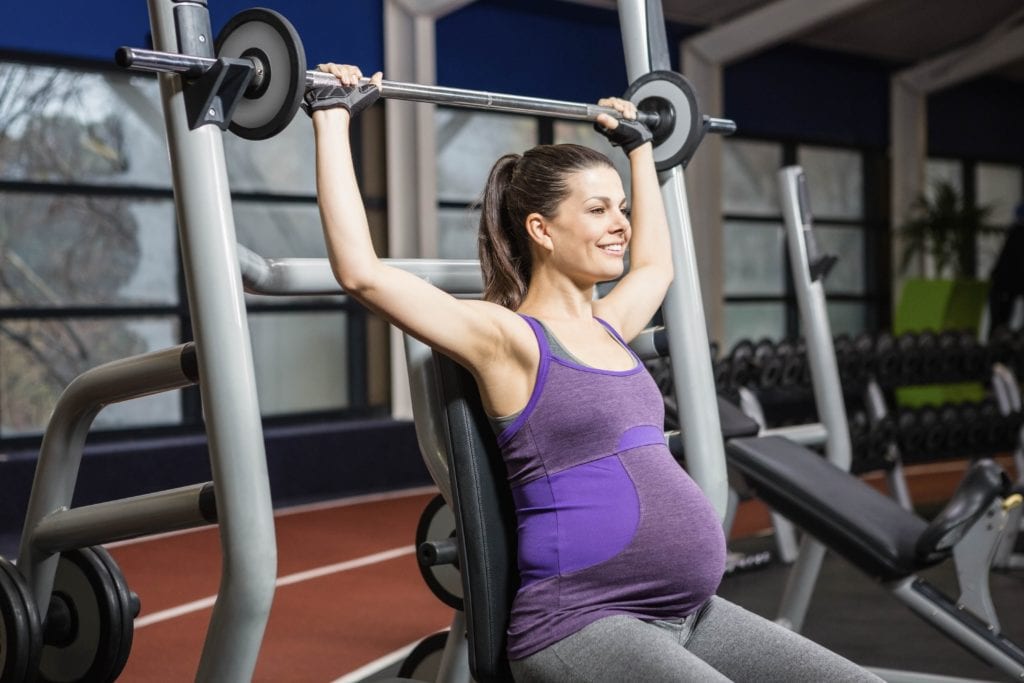With a baby bump in the way, exercise during pregnancy can be a lot more difficult than it normally is, but that doesn’t mean you should stop doing it. As long as your health care provider is on board, it’s a great idea to keep up your regular fitness routine, making small adjustments here and there to accommodate your unborn child
. The best routines include a combination of cardio and strength-training exercises, but is it safe to lift weights while you’re pregnant? Here’s the lowdown.
The question of safety
In short, weightlifting is perfectly acceptable to engage in during pregnancy, as long as you’re smart about it. With the approval of your health care provider, it’s absolutely OK to lift weights. However, keep in mind that your fitness goals during pregnancy should be to maintain a healthy weight that’s appropriate for your size and the health of your baby, not make weight-loss goals or gains related to muscle building.
The benefits
Lifting weights has many benefits for pregnant women. It helps strengthen your muscles and improve your stamina, which is a great way to prepare for the difficulties of labor and delivery. It’s also a good way to stretch out your joints and help alleviate common aches and pains associated with pregnancy.
Moves to avoid
There are a few things you shouldn’t do when you’re lifting weights. That includes the Valsalva maneuver, which involves forcefully exhaling without actually releasing air, as it could increase your blood pressure and decrease oxygen flow to your baby. You should also avoid walking lunges, which can increase your risk of injury to the connective tissue in your pelvic region. After the first trimester, you should also steer clear of exercises that involve lying on your back, which can put pressure on your vena cava and decrease oxygen to your brain and uterus.
Helpful hints
When you’re weightlifting during pregnancy, focus on doing more repetitions with lighter weights to avoid straining yourself and overloading your joints. Decrease the weight by about half and up your reps by half. That means opting for 15-pound weights for leg presses rather than 30, and doing 15 to 20 reps instead of 8 to 12.
You should also keep in mind that your center of gravity changes when you have a baby bump, which means you might not be as sure on your feet. Instead of standing up while you lift weights, try sitting down. Take your time standing back up to ensure that you don’t get lightheaded or dizzy.
